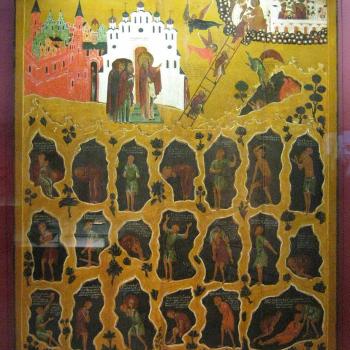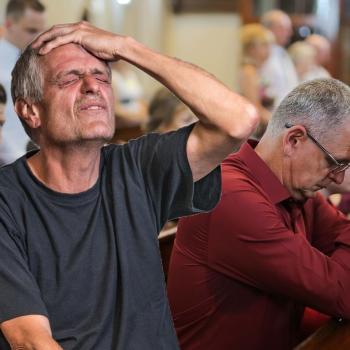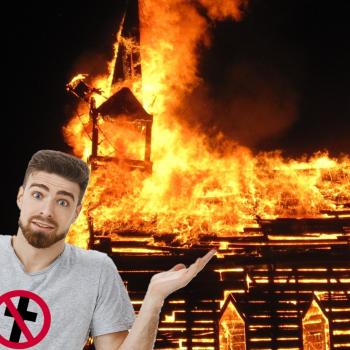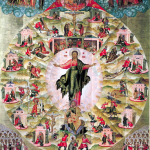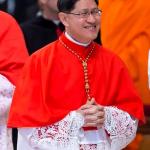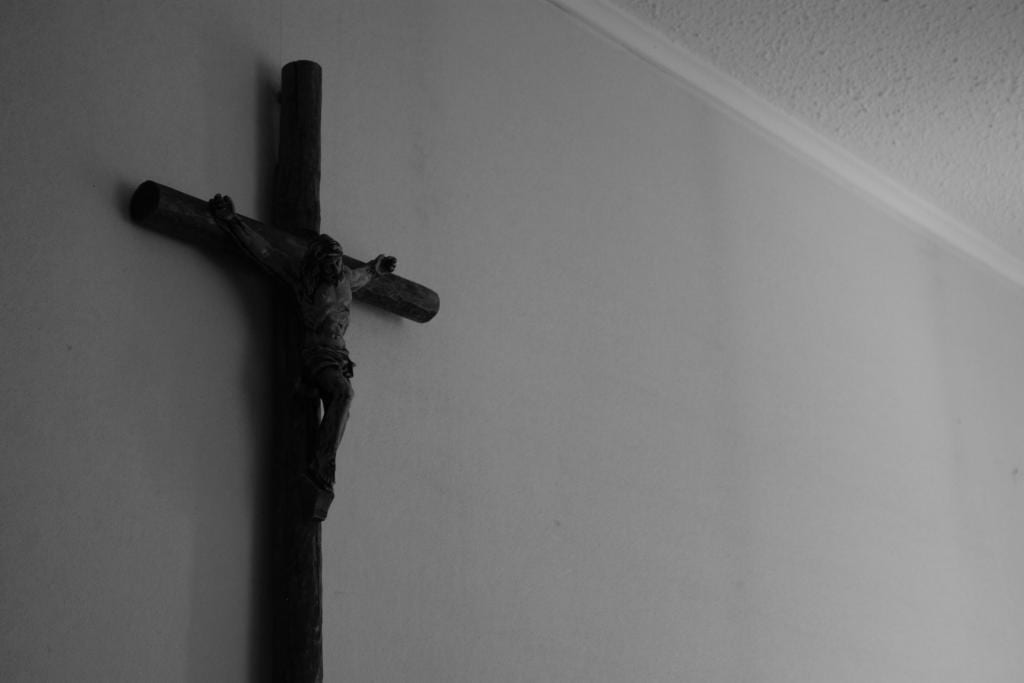
In almost every culture, there are usually sub-cultures that reside in them. In my observation as a reverted Catholic, I’ve noticed four types of people that seem to be unique to Catholicism in North America.
I think it’s important to bear in mind that people who might fall into these categories have fluidity and can wander between the quadrants unknowingly. This list is intended more for self-reflection as opposed to a means of labeling other Catholics as for which category they fit in.
The categories are paired with brief descriptions as follows…
***
1. NOMINAL CATHOLIC
These are the types who use the name ‘Catholic’ as more of a social status. Usually they identify as Catholics due to cultural identity, family obligations or even as a means of taking advantage of services offered by the Church. The only times they likely show up at Mass are for baptisms, confirmations, weddings, funerals, or holidays like Christmas and Easter. They are also known as ‘lapsed’ or ‘CINO’ (an abbreviation for ‘Catholic in name only’). Most of them are poorly catechized and know very little about what the Church actually teaches. They usually say things like, “I’m Catholic, but….” and make a dismissive comment to dodge controversial topics or avoid looking uncool.
These are usually the types who are most likely to leave the Church later in life. Many of them eventually cease living a religious life or they find fulfillment at Protestant churches through regular Bible studies and community fellowship that they might not have been exposed to in their previous parish.
Even though I wouldn’t have admitted it at the time, I was definitely a nominal Catholic prior to becoming Protestant for 12 years before reverting back to the Church.
2. CAFETERIA CATHOLIC
In a cafeteria setting, people often pick and choose what they like and don’t like. A cafeteria Catholic is one who is selective of what teachings and obligatory disciplines he or she wants to believe and practice, while simultaneously ignoring other important principles.
Many of them believe Catholicism is true, yet reject factors that may seem like an inconvenience for themselves or favor concepts that are in direct contrast to Church teaching such as modernism. You might see them show up for Mass to receive Communion and still advocate for contraceptives, abortion, same-sex marriage, divorce and even the death penalty (which is a controversial topic even for practicing Catholics).
Next to nominal Catholics, this is the most common type of Catholic one will ever come across.
3. PRACTICING CATHOLIC
A practicing Catholic is one who regularly observes the liturgy, accepts all doctrines of the Church and proactively applies their disciplines to their lives. They firmly believe the Catholic Church is founded by Christ Himself and revere the Eucharist as the actual body and blood of Jesus (as opposed to many non-Catholic churches who believe Christ is only spiritually or symbolically present). These are usually the folks who keep their parish communities alive and vibrant. They show this by regularly going to confession, attending Mass on obligatory days and supporting their local parishes through voluntary involvement.
There are practicing Catholics in both traditional (Tridentine, Eastern) and contemporary (Novus Ordo) settings. Unfortunately, they are a shrinking minority — especially the traditionalist ones.
4. RADICAL FUNDAMENTALIST CATHOLIC
Radical fundamentalists are found in every religion, but in the case of Catholicism they usually identify themselves as traditionalists. It is important to differentiate the radicals from traditionalists because not all traditionalists are radical reactionaries. Like most practicing Catholics, they are known to harbor an abundance of zeal for theology, liturgy and tradition — but often at the expense of neglecting equally important values of the Gospel. They sometimes develop tunnel-vision when it comes to liturgical matters, and it often manifests itself in the form of a chronically short temper and a lack of charity.
Radical fundamentalists can be found in any parish, but are most often found in more traditional settings. Some unfortunately develop an inflated ego as though have a better insight to the Church than their priests or bishops, or even the Pope himself.
Some will even go as far as isolating themselves into fringe movements such as Sedevacantism, but at the expense of breaking communion with the Church without fully realizing it. It is believed this is a similar mentality that led to the Protestant Reformation.
***






